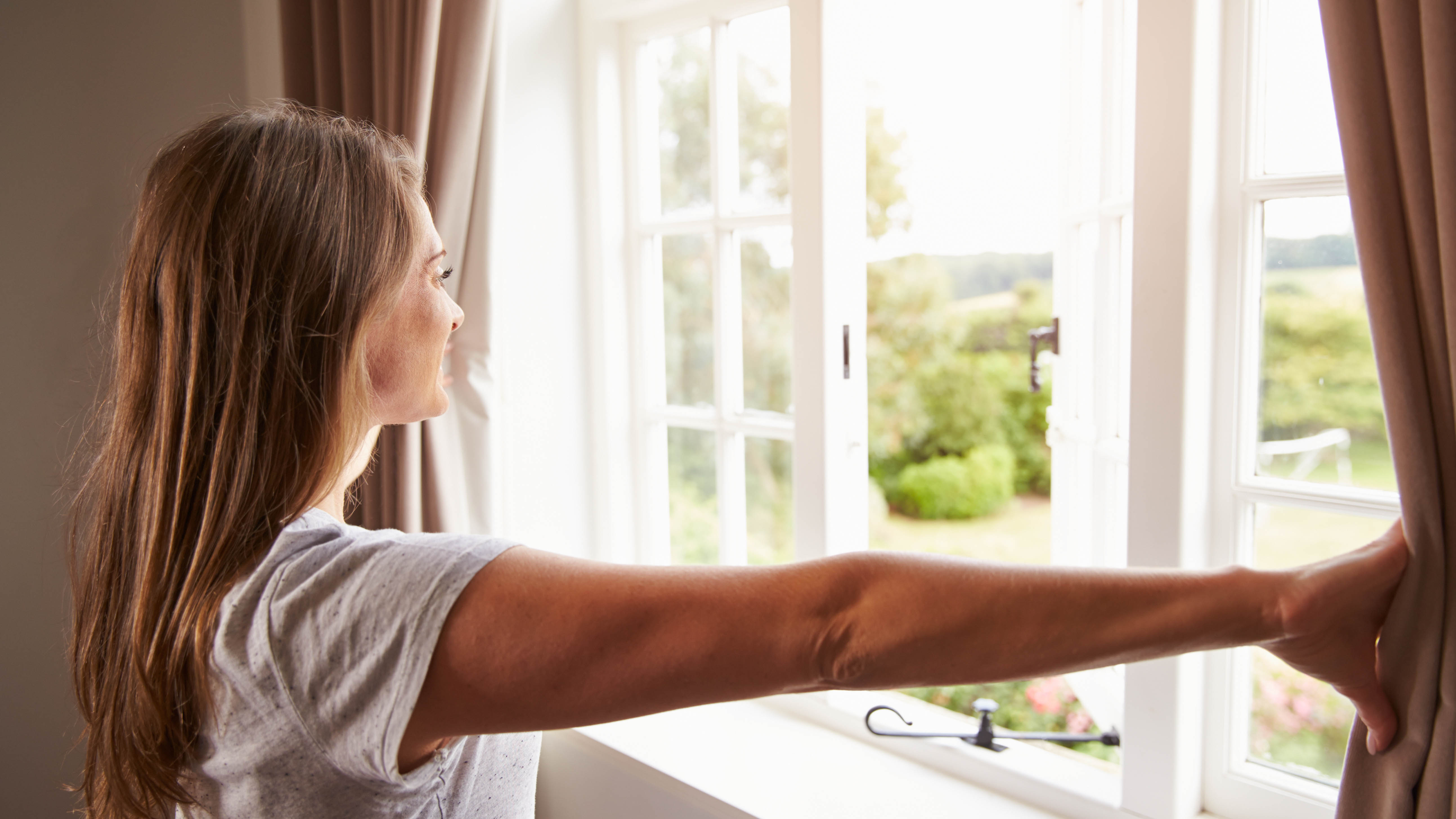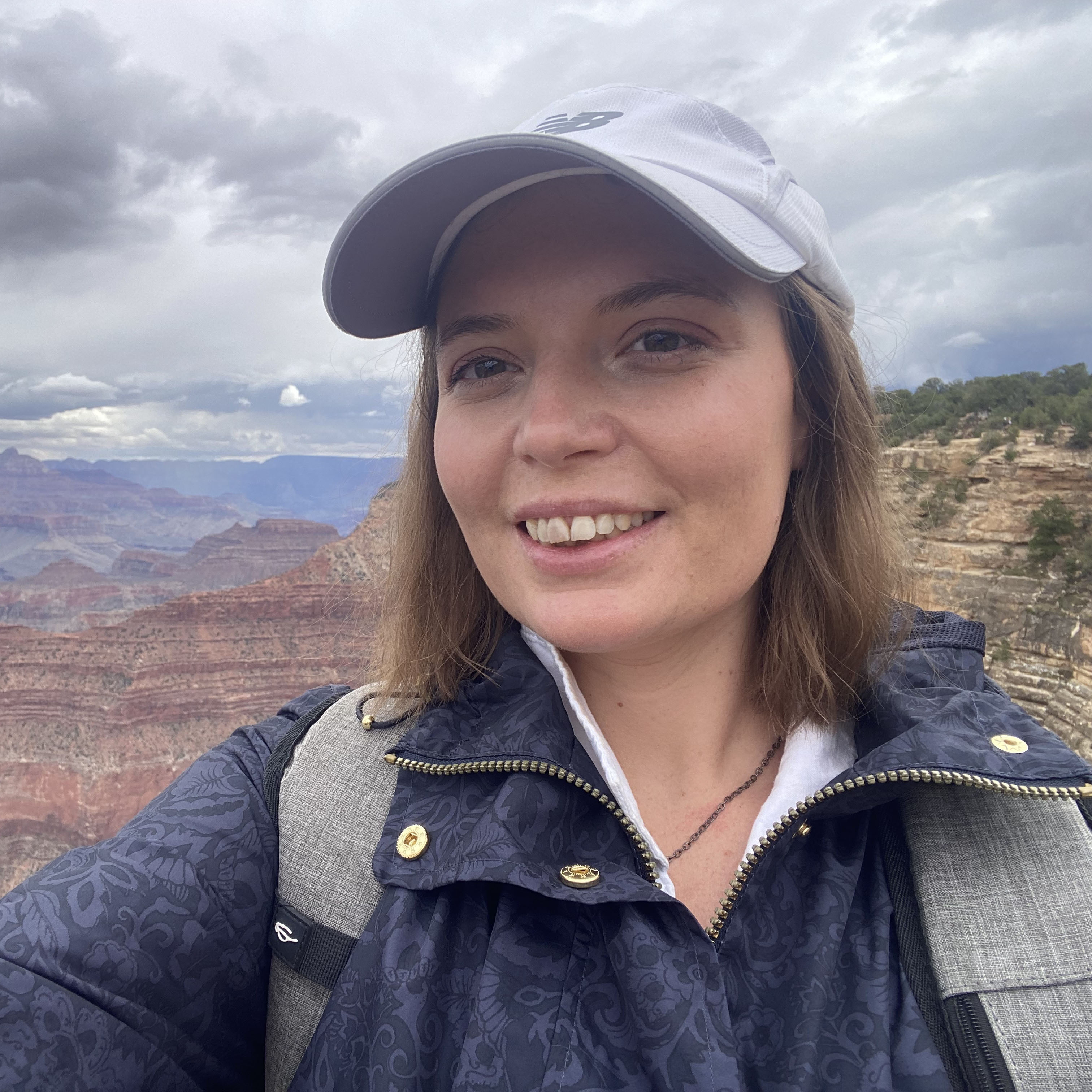Mattress on the floor — how to avoid mold growing on your bed
Mold loves the dark, damp environment created by a mattress on the floor – here's how to avoid it

There’s a chic minimalism to placing a mattress on the floor, but this space-saving method also comes with a less attractive downside: mold growth. When your place a mattress on the floor you cut off air flow, creating the perfect moist and warm breeding ground for a host of nasties, including mold and mildew.
It is possible to maintain a healthy mattress on the floor, but it requires a lot of upkeep – we're talking regular airing and cleaning for starters. Even the best mattresses designed with hypoallergenic covers can grow mold if you place them on the floor without proper care and cleaning. Here we’ll explore why mattresses on the floor grow moldy and the steps you can take to avoid it happening to your bed.
If after reading this you decide you need to replace your bed, the upcoming Memorial Day mattress sales are the perfect time to grab a bargain.
Mattress on the floor: The drawbacks
Conventional mattresses and mattresses in a box are designed to be used with a bed frame – not to be placed directly on the floor. Ditching the bed frame can compromise the amount of support and pressure relief your mattress provides, and you also risk voiding the warranty (a manufacturer could argue you haven't supported it properly, leading to earlier than normal wear and tear).
In addition, mattresses placed on the floor can become a trap for dust and other allergens, as well as a breeding ground for mold. When the mattress is directly on the ground there’s limited airflow around or under it. Without air circulating, you create the dark, damp and warm environment mold loves.

In short, a floor mattress needs to be regularly cleaned and aired to prevent it becoming a health hazard. This is especially true if you have bought one of the best memory foam mattresses, which are essentially big multiple layers of foam sandwiched together. At least hybrid mattresses have coils or springs inside to boost airflow.
If you favor the minimalist look of a mattress placed directly on the floor and without a good bed frame or base, there are certain mattresses – like futons and Japanese floor mattresses – that are designed especially for use in this way. But even then, we recommend following regular care and airing to ensure your mattress stays at its best.
Get instant access to breaking news, the hottest reviews, great deals and helpful tips.
Does placing a mattress on the floor cause mold?
Yes mattresses on the floor have an increased risk of growing mold and mildew, due to the lack of ventilation. Air needs to be able to move around and through the mattress to keep the interior of the bed fresh. When there's no space between the mattress and the solid floor, this air flow is significantly reduced.
Without this ventilation, moisture simply sits within the dense interior of the mattress. And it's impossible to avoid this moisture. Even if you don’t suffer from the night sweats, you’re still going to sweat a bit during the night. Add on spills and water from cleaning, and damp will gradually build up. Over time your floor mattress becomes the kind of warm and damp environment that mold thrives in.
How to prevent a floor mattress from becoming moldy
There are some potential benefits to putting your mattress on the floor, but if you choose to do this, you need to be on top of your cleaning. Here’s what you need to do to prevent your floor mattress from becoming moldy:
1. Place your floor mattress on a mat
Adding a protective layer between your bed and the floor ensures you avoid one of the biggest mistakes people make when putting a mattress on the floor. A tatami mat is good for this – you’ll often find these used with Japanese style floor mattresses. Alternatively, look into a bunkie board.
When your mattress is directly on the floor, the lack of air flow means the underside of the bed becomes warm, dark, and moist. This is the perfect breeding ground for mold. Even a small barrier adds a layer of ventilation and protection that can prevent your bed from growing moldy.
2. Clean spills immediately from your mattress
Spill something on a floor mattress and the moisture has nowhere to go but into the mattress, where, because of the lack of airflow, it will settle. The mattress stays damp and then – you guessed it – mold starts growing. For a similar reason, you should avoid sleeping with wet hair on your floor mattress.
It’s important to clean your mattress regularly regardless of if it’s on the floor or on a bed frame, but without the ventilation of a frame, a floor mattress requires that extra layer of upkeep. If something is spilled onto the bed, it needs to be dealt with immediately.
3. Keep your bedroom well ventilated
We really can’t overstate the importance of ventilation in keeping your mattress clean, and if your bed is on the floor, it’s essential the bedroom is also well ventilated. Open the window and doors to allow fresh air in and help clear away the stale and damp air that might have settled in the bed.
If this is difficult in your living situation, consider investing in a dehumidifier. The best dehumidifiers remove moisture from the air, helping limit the growth of mold and mildew throughout the room.

4. Lift and air you floor mattress regularly
Aim to air your bed at least once a week and to leave it airing for several hours. To do this, strip the mattress completely and prop it at an angle against the wall. Without the hard floor acting as a barrier, air is able to move around the mattress, helping moisture and allergens dissipate.
While your mattress is airing, take the opportunity to clean the floor where the mattress sits, including wiping down and dusting the mat or board mentioned above. This is also a good time to give the mattress a once over, checking for signs of mold and mildew.
5. Use a mattress protector
Mattress protectors act as a barrier between the bed and the outside world. Mattresses are hard to clean – it’s not like you can pop them in the washing machine – but a mattress protector can typically be removed and machine washed, for significantly easier cleaning.
If you‘re using your mattress on the floor, we recommend adding a full protector. This will wrap around the entire mattress, guarding the top, sides, and base of the bed. And consider a waterproof mattress protector, to add an extra barrier against moisture – we have some options in our best mattress protector guide.
Even with a mattress protector, it’s important to keep up a regular cleaning schedule for your floor mattress. A mold problem isn’t always obvious. You might detect the occasional funky smell or some slight yellowing, but by the time you spot the mold, you have a big cleaning job on your hands. Which is why this upkeep is essential.
Today's top mattress sales
- Nectar (Best Value): flash sale — 40% off sitewide
- Saatva (Best Bed): up to $600 off mattresses
- DreamCloud: 50% off luxury mattresses
- Avocado: 15% off mattresses
- Bear: 35% off sitewide
- Casper: up to 25% off mattresses
- Emma: up to 55% off sitewide
- Brooklyn Bedding: 25% off sitewide
- Layla: up to $250 off select mattresses
- Leesa: 20% off all mattresses + free bundle
- Nolah: 35% off sitewide + 2 free pillows w/ mattress
- Sleep Number: up to $800 off smart beds
- Tempur-Pedic: up to $500 off adjustable mattress sets

Ruth is an experienced Senior Staff writer at Tom’s Guide, covering all things sleep and mattresses. She writes to help people sleep better, from how-tos to the latest deals to mattress reviews, and has interviewed an array of experts who share her passion. She is also our specialist on memory foam — she’s flown around the world to see memory foam being made — and leads our hotel mattress content. She has a deep interest in the link between sleep and health, and has tried enough mattresses, from Helix to Nectar to Simba, to know the right bed really can make a difference to your wellbeing. Before joining the team at Tom’s Guide, Ruth worked as a sleep and mattress writer for our sister website, TechRadar.
